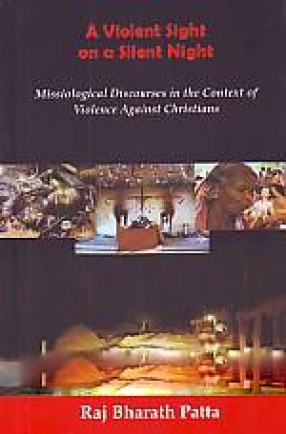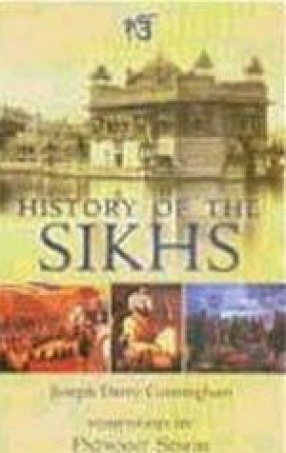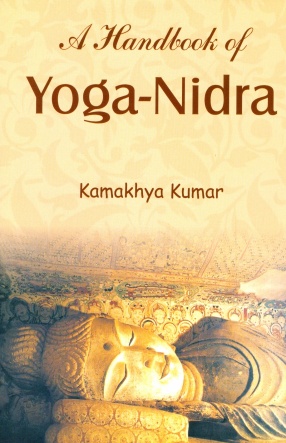It is not rally a translation but more of a rewriting of the Ramayana, using as source material the published English translations. For translation of the Ramayana into English do exist, but none so far is very satisfactory, either from a scholarly, or from a literary point of view. William Buck’s adaptation is an extraordinary accomplishment. He was neither a scholar nor a well-known author, and though he retells the Rama story with many variations of detail, he has succeeded in capturing the most important characteristics of the Ramayana: the simple religious tone that pervades the Indian original. In the minds of many people who hear the Ramayana a mystery is being presented, and slowly, erratically, parts of the mystery unfold. The main sequence of events in the Indian original and in Buck’s rendition is the same, except that in Buck’s version the story begins ten thousand years after the war, when Rama’s children Kusa and Lava, unbeknownst to their father, have learnt the story of his battle from Valmiki and are reciting it in the Naimisha forest. The original Ramayana begins in the city of Ayodhya with the events leading up to Rama’s birth. Valmiki was called the Adikavi, or "first poet" of Sanskrit literature and some of his remarkable talent shines forth in this English rendering. the reader will find pleasure in reading it aloud to himself or to others. In that way he may experience the fascination the epic has held for so many people for such a long time.
Ramayana
In stock
Free & Quick Delivery Worldwide
Bibliographic information
Title
Ramayana
Author
Edition
Reprint
Publisher
ISBN
8120817206
Length
xxix+432p., Maps; Illustrations.
Subjects







There are no reviews yet.